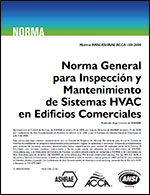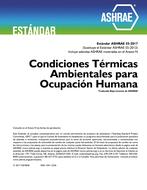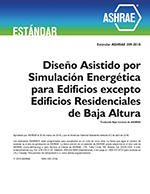Description
Track: Fundamentals and Applications
Sponsor: 4.3 Ventilation Requirements and Infiltration
Chair: Martin Stangl, P.Eng., Member, RWDI Consulting Engineers, Guelph, ON, Canada
Wind behaves in unusual ways when it interacts with buildings. Although unseen, it can impact HVAC equipment and indoor environmental quality. Chemicals, odors, and contaminants emitted from buildings are often carried by the wind directly back into the building – a potentially dangerous situation. This seminar gets back to basics by providing an overview of the wind flow around buildings and dispersion modelling techniques described in Chapter 24 of the Fundamentals, and Chapter 45 of the Applications Handbooks. Also presented is a practical application of these concepts by examining the design considerations and control of high performance laboratory exhaust systems.
1. Air Flow Around Buildings and Its Effect on Ventilation and Air Quality
Michael Ratcliff, Ph.D., P.E., Member, RWDI, Redlands, CA
The outdoor wind and air flow around buildings affect the indoors in several ways. Wind is the primary driver for natural ventilation by exerting pressures (both positive pressure and negative suction) on building surfaces. Wind also can cause building exhausts to migrate outdoors to nearby air intakes and pedestrian locations, creating poor air quality indoors. This presentation focuses on approach wind conditions, the air flow patterns around buildings and wind pressures exerted on buildings. These effects are the fundamental starting place for more detailed ventilation and air quality analyses. Also discussed are modeling methods using CFD and wind tunnel similarity.
2. Dispersion Modeling Techniques for Exhaust Stack Design
Brad Cochran, P.E., Member, CPP Wind Engineering & Air Quality Consultants, Fort Collins, CO
There are four types of dispersion models; graphical, analytical, computational and physical. Each one of these models has its appropriate applications, but misapplying a model can result in either an inadequate exhaust design or in an excessive effort (i.e., fees). Therefore, this presentation provides the audience with guidelines on how and when each of these models should be utilized, what the limitations are of each model, and some insight in how to determine if models are being properly utilized.
3. Engineered Lab Exhaust Design Application
Nathan Ho, P.E., Associate Member, P2S Engineering, Inc., Long Beach, CA
Laboratory exhaust systems are a central element of high performance science and technology facilities. Air quality, energy efficiency, and operational reliability are deeply impacted by the performance and design of the laboratory exhaust system. This presentation focuses on the design process, considerations, fan basics and control of high performance lab exhaust systems. Brief design application examples will be included to connect fundamentals with practice. The objectives of this presentation are to provide guidance on design team collaboration, insights on lab exhaust design fundamentals and share examples of application.
Presented: June 28, 2017, 8:00-9:30 AM
Run Time: 90 min.
This is a zip file that consists of PowerPoint slides synchronized with the audio-recording of the speaker (recorded presentation), PDF files of the slides, and audio only (mp3) for each presentation.
Citation: ASHRAE Seminar Recordings, 2017 ASHRAE Annual Conference, Long Beach , CA
Product Details
- Published:
- 2017
- Units of Measure:
- Dual
- File Size:
- 1 file , 91 MB
- Product Code(s):
- D-LB17Sem51




